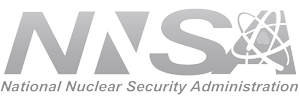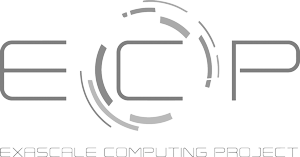Sorry Times New Roman fans, Sans Serif wins the font wars.
| Resource information | Details |
|---|---|
| Title | The Best Fonts, According to Science |
| Presenter | SciShow YouTube Channel |
| Web links | Video (~20 mins) |
This SciShow channel video delves into several research studies on the "best" fonts for various situations. While the video does not address the specific topic of fonts used for software development tasks (though another article does), it does discuss fonts for people with various vision impairments.
When it comes to fonts, serif typefaces are distinguished by the tiny lines or “feet” that extend off the letters, while fonts without these "feet" are categorized as sans serif. In general, results from the cited studies indicate that sans serif fonts, such as Arial, perform better, although in some situations, the measured differences are marginal. Two key takeaways are that italics are particularly challenging for readers with dyslexia, and that greater spacing between letters in a font may be the biggest factor in improving readability for all readers.
Therefore, for written material in science, whether it be digital or print, attention to font type is paramount to ensuring maximum accessibility and readability for all readers.


